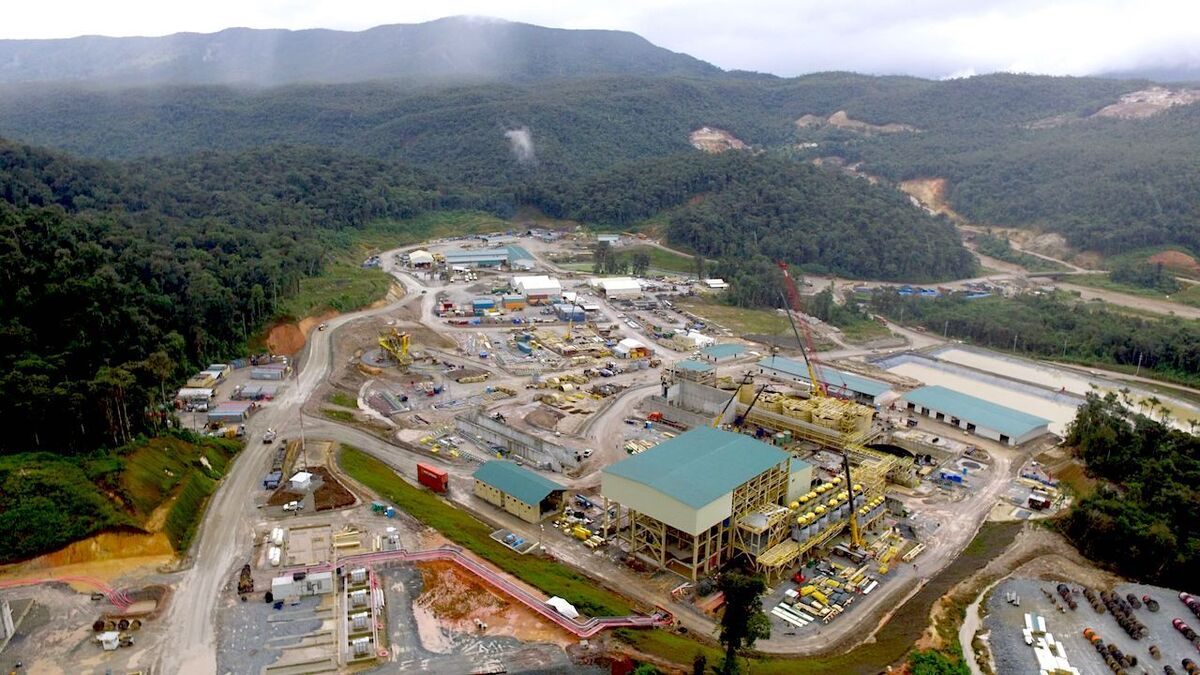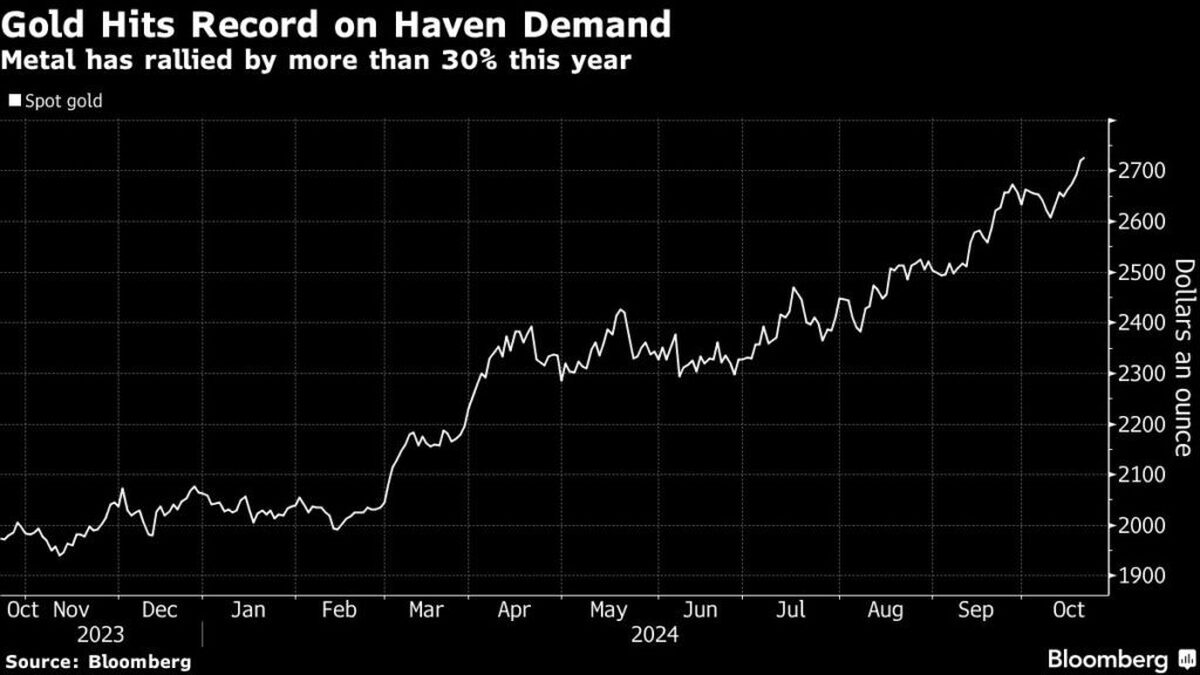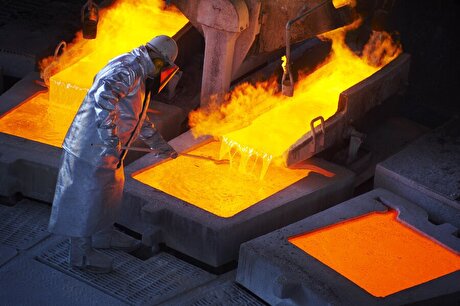
Canadian Mining Eye index drops 29% in Q1 — report
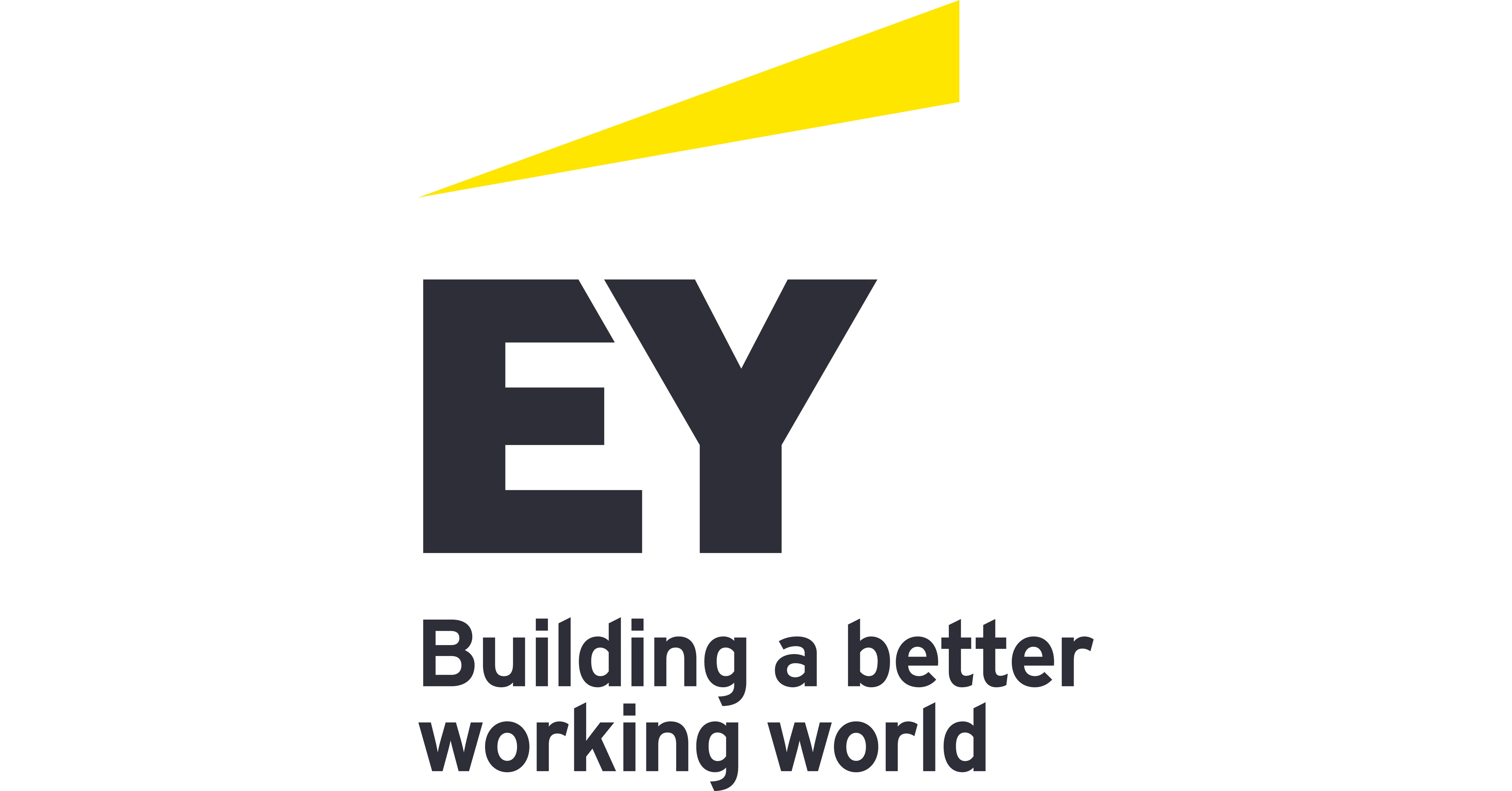
Suspension or reduction of mining activity is expected to lead to lower guidance from companies, according to EY’s Q1 mining performance and future outlook, but the scale of the impact remains unclear as the pandemic continues.
EY’s Canadian Mining Eye index declined by 29% in Q1 2020, as compared to an 11% gain in the prior quarter.
“The mining and metals sector continues to grapple with the impact of government covid-19 mandates on supply chains, parts and consumables,” said Jay Patel, EY Canada Mining & Metals Transactions Leader.
“Companies are implementing their own measures to protect their employees and ensure business continuity by placing mines into care and maintenance, reducing operations or shutting down altogether, which is having a major impact on supply,” Patel added.
Canadian mining companies have taken a number of measures to both protect their employees and to ensure business continuity.
Jay Patel, Canada Mining & Metals Transactions Leader, EY
Agnico Eagle and Yamana Gold’s Canadian Malartic mine, the country’s largest gold mine, has been temporarily shut down to reduce the spread of the virus.
Newmont and IAMGOLD have put their Musselwhite, Cerro Negro and Westwood Gold mines into care and maintenance, and First Quantum Minerals and Teck Resources have been operating with reduced workforces.
Despite Canadian Mining Eye index declines, gold prices continued upward with a 6% increase following a 3% gain in Q4 2019 — following a common pattern seen when currency declines in a crisis, EY reported.

“Though prices have been volatile, gold reached a seven-year high in Q1 2020 and is expected to maintain growth momentum, supported by the slowdown in global markets and declining interest rates.”
Base metals, on the other hand, haven’t fared as well in the current landscape. Nickel prices decreased a further 18% after a 19% decline in the previous quarter. While copper and zinc prices witnessed respective declines of 20% and 17%.
“The suspension or reduction of global business activity in automotive and construction sectors is lowering demand and pegging uncertainty on the outlook for copper, nickel and zinc,” said Jeff Swinoga, EY Canada Mining & Metals Co-Leader.
“Base metals, for the most part, are expected to remain under pressure in short-term, but the full scale of the impact remains unclear as the pandemic continues.”


Gold price edges up as market awaits Fed minutes, Powell speech

Glencore trader who led ill-fated battery recycling push to exit

Emirates Global Aluminium unit to exit Guinea after mine seized
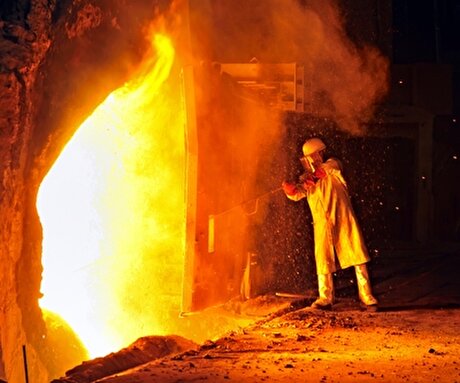
Iron ore price dips on China blast furnace cuts, US trade restrictions

Roshel, Swebor partner to produce ballistic-grade steel in Canada

Trump weighs using $2 billion in CHIPS Act funding for critical minerals

US hikes steel, aluminum tariffs on imported wind turbines, cranes, railcars

EverMetal launches US-based critical metals recycling platform

Afghanistan says China seeks its participation in Belt and Road Initiative
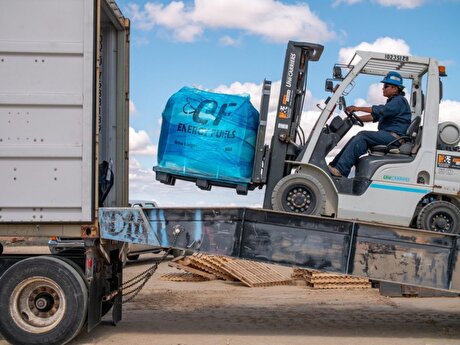
Energy Fuels soars on Vulcan Elements partnership
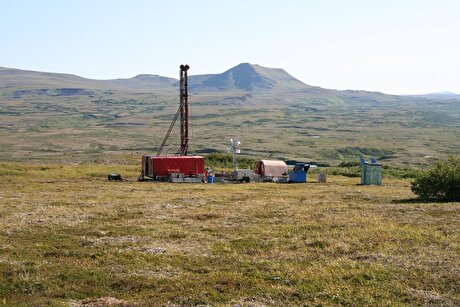
Northern Dynasty sticks to proposal in battle to lift Pebble mine veto

Giustra-backed mining firm teams up with informal miners in Colombia

Critical Metals signs agreement to supply rare earth to US government-funded facility

China extends rare earth controls to imported material

Galan Lithium proceeds with $13M financing for Argentina project

Silver price touches $39 as market weighs rate cut outlook

First Quantum drops plan to sell stakes in Zambia copper mines

Ivanhoe advances Kamoa dewatering plan, plans forecasts

Texas factory gives Chinese copper firm an edge in tariff war

Energy Fuels soars on Vulcan Elements partnership

Northern Dynasty sticks to proposal in battle to lift Pebble mine veto

Giustra-backed mining firm teams up with informal miners in Colombia

Critical Metals signs agreement to supply rare earth to US government-funded facility

China extends rare earth controls to imported material

Galan Lithium proceeds with $13M financing for Argentina project

Silver price touches $39 as market weighs rate cut outlook

First Quantum drops plan to sell stakes in Zambia copper mines

Ivanhoe advances Kamoa dewatering plan, plans forecasts

